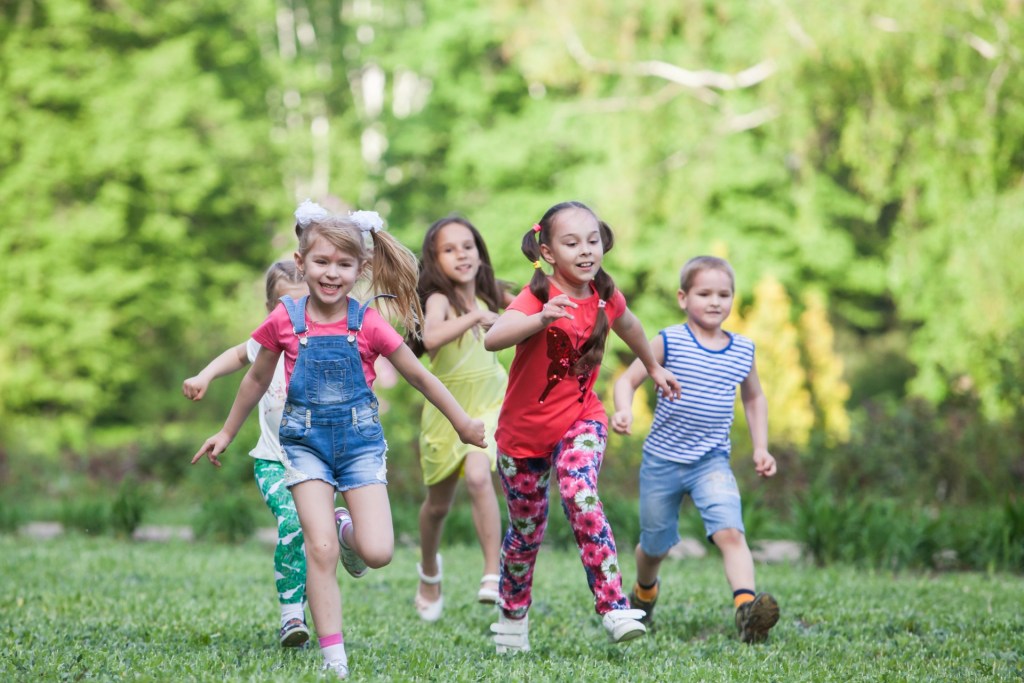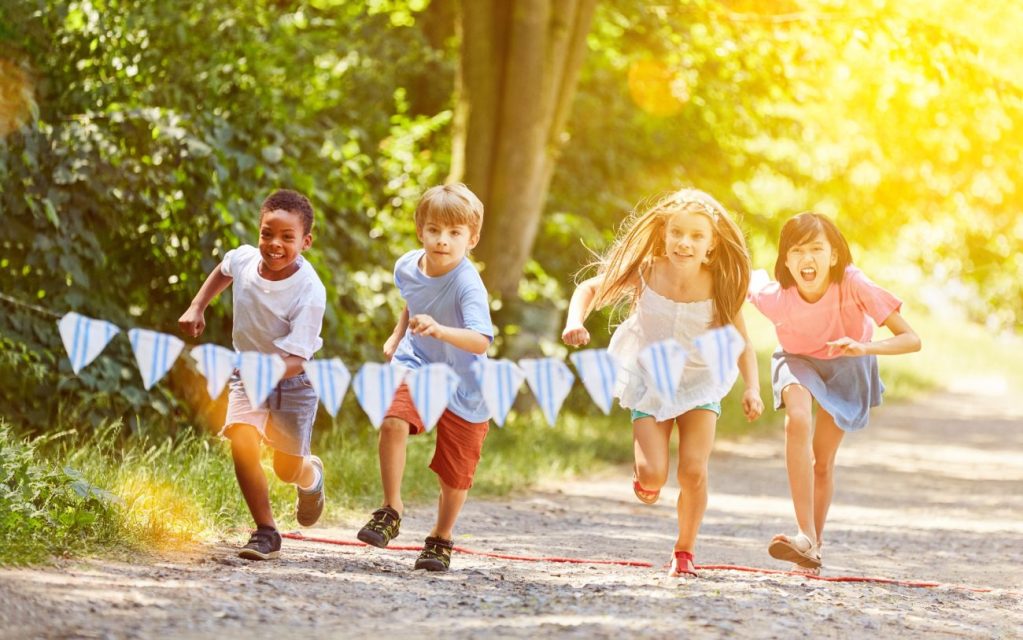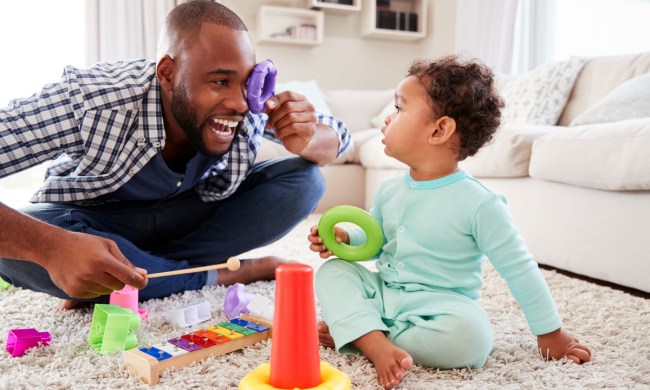Running has physical and mental benefits, which is why many adults do it. Ask kids about how that mile run in gym class went, and you’ll get eye rolling and groans. Even though many kids, tweens, and teens play sports and running in various forms is involved, the activity is not seen as something fun to do. Unlike sports and other extracurriculars, running is something anyone can do. It’s inexpensive, can fit into any schedule, and is great exercise. While getting kids excited about running may be difficult, once the running bug is caught it typically becomes a habit and can be the cornerstone to a healthy lifestyle. Whether parents or caregivers are runners, it is possible to get kids and the adults in the household to love running. Here’s how.

Teaching kids to run
Of course, you don’t start out of the gate with a 5K in a week. Learning how to run is a process, especially with kids. The secret begins with one simple word — fun. Yes, fun. Everything with kids needs to have an element of excitement. Think Mary Poppins and that spoonful of sugar. That’s true for adults, too. When an activity is fun, you want to do it. It’s human nature. Soccer players don’t think about running during a game. They do it as a matter of course, but when you have them run laps before practice, the enthusiasm wanes. Teaching kids to love running starts by introducing them to the sport with the proverbial spoonful of sugar.
Gear
Don’t head to the nearest running store for a trunk full of gear. All kids need to run are comfortable clothing and sneakers. Dress in chafe-free, athletic clothing with the weather in mind. The proper sneakers are important. Be sure the kids are wearing comfy sneakers designed for running.

Running activities for kids
Walking
If you’re not already taking daily walks as a family, start. The best introduction to running is brisk walking. Start by amping up those after-dinner walks by picking up the pace.
Walk-run
Once the family walks are consistently at a brisk pace, add short runs to the evening walks. Make it fun by racing to a designated spot. The family member who gets to the spot first picks the next spot. Do this for two weeks or until the kids seem to get bored. When boredom begins to creep in, it’s time to move to the next step.
Obstacle run
If the walk-runs have been going well, give kids a challenge by setting up an obstacle run in the backyard. Set up an obstacle course using things like pool noodles and hula hoops. Make the obstacle run a backyard Olympics.
Tag
Tag has been around for ages and definitely gets all the players running. When the obstacle course has yes run its course, get the whole family outside for a full-on game of tag. The kids will be so excited to have parents and caregivers playing too, they won’t even realize they’re running.
Relay races
Introduce kids to the concept of relay races by showing them YouTube highlights of an Olympic relay race. Then, head to a nearby track and organize a family relay race. If you don’t have a running baton, use a ball or even a rubber duck. Kids will certainly need a few practice runs to get the hang of passing an object to another person. If your community doesn’t have a track, don’t worry. Organize relay races in the backyard or a park instead.
Family run
The kids are probably ready to give a distance running a try, but remember, one of the reasons kids hate to run so much is because they’re running to the point of exhaustion. Start with a short distance like a half or quarter mile. Each time the family goes out on a run, increase the distance by a tenth of a mile. Don’t forget to keep the element of fun. Changing the route, going to a trail or path, adding music, or even doing a night run with flashlights takes the monotony out of running.
Sign up for a holiday or community fun run
Fun runs are a mile. It’s the perfect distance to introduce kids to racing. If you’ve been slowly adding to their running repertoire, they’re ready to sign up for a fun run. Themed runs like Santa Runs or Turkey Trots are ideal to get kids excited about racing. Once they cross that finish line, they’ll be proud of their accomplishment and looking forward to the next run.
Sign up for a walk/run 5K
After a couple of successful fun runs, think about signing the family up for a 5K. Try and pick one that’s a walk/run so kids don’t feel pressured to run the 3.2-miles. That’s something to work up to. Look for 5K’s held for a charity or have a holiday theme like running a firecracker 5K on the Fourth of July.
Introducing kids to the joys of running goes a long way toward helping to develop lifelong healthy habits. As kids grow and eventually head off to college, they can keep running in their daily or weekly routine. Once kids catch the running bug, it will encourage them to want to do more with their running whether it’s joining the cross country team in middle and high school or setting personal running goals.



